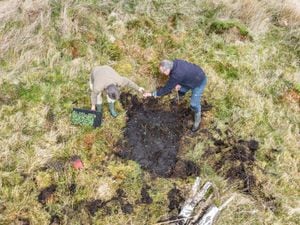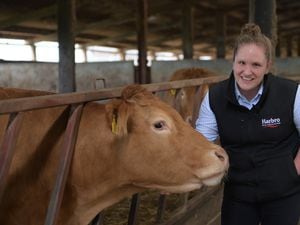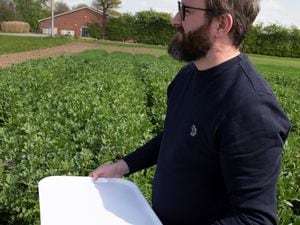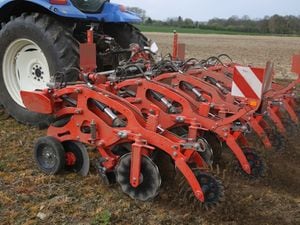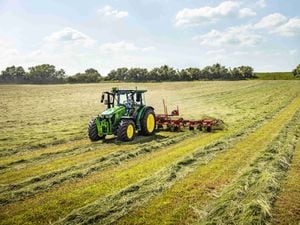Shropshire Farming Talk: British Grassland Society round-up
For the second consecutive year, The British Grassland Society sponsored a session at the British Society of Animal Science (BSAS) Conference held this year in Belfast.

Entitled ‘The role of diverse pastures in future proofing livestock sustainability’, the session included seven papers and here are some of the key findings.
Twin lambs on multi species swards (MSS) grew faster than those on perennial ryegrass (PRG) reaching slaughter two weeks earlier, and dairy calves being reared for beef were slaughtered 35 days sooner on MSS than those on PRG with a 14 per cent reduction in carbon footprint.
Lambs on MSS also required fewer anthelmintic treatments. Enteric methane emissions in sheep grazing MSS were lower for dry ewes and lambs than those on PRG, but there were no differences for lactating ewes. This may have been related to the tannin content of the pastures or the stage of the production cycle.
For dairy cows, a higher cumulative milk yield per cow was produced on MSS and even though there was a lower fat % in the milk they still produced more total milk solids than cows on either PRG or PRG with white clover.
The main difference in milk yield was between week 10 and 20 of lactation. Comparing ryegrass and ryegrass-plantain pastures (49 per cent ryegrass, 51 per cent plantain) it was found that dairy cows had higher milk yields on the pastures containing plantain.
However, other work showed no differences in performance but this may have been due to the lower than expected levels of plantain in those swards.
Work also showed that with an increased number of species in a mix there was a lesser effect on yield during period of drought. Including legumes in a sward also led to an increased number of earthworms and improved water infiltration rates. However, results from a survey of dairy farmers highlighted some of the main concerns about the use of MSS as persistence of species, cost of seed mixes, resilience under high stocking rates, performance on heavy ground, and appearance.
The final paper in the session compared a three-cut silage system and a five-cut system for dairy cows.
There was a lower forage yield for the five-cut system, but it was of a higher quality in terms of protein and ME.
Cows fed silage from the five-cut system had higher intakes and milk yield, including yields of fat and protein.
A detailed article about the conference session will be included in the summer 2024 issue of our Grass and Forage Manager magazine.
Tom Goatman, British Grassland Society

